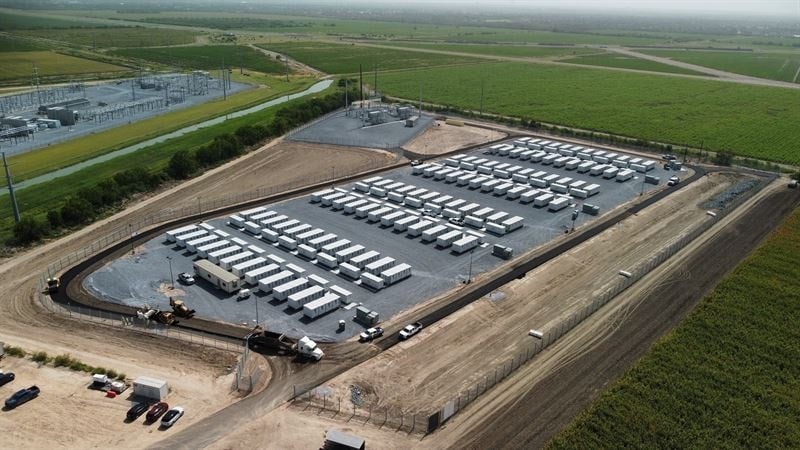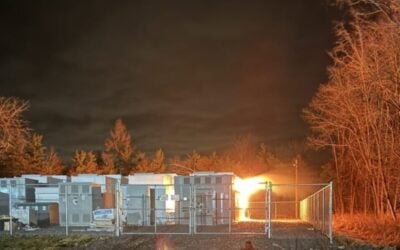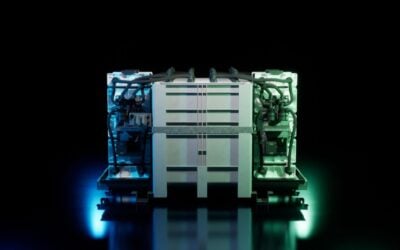
The new investment tax credit (ITC) for standalone energy storage means some US developers are opting to overbuild instead of augment later, system integrators told Energy-Storage.news.
The standalone ITC, brought in as part of the Inflation Reduction Act and effective as of 1 January this year, has meant a significant uptick in developer interest in the US grid-scale energy storage market.
New entrants are coming into a market where existing participants are increasingly having to think about augmenting existing systems as well as deploying new ones, as Energy-Storage.news recently wrote in an interview with EPC firm Burns & McDonnell.
The ITC means that developers are increasingly opting to invest more now and overbuild rather than augment several years down the line as the systems’ batteries degrade, executives from system integrators Powin and Wärtsilä told Energy-Storage.news whilst attending Energy Storage Summit USA last month. A third, LS Energy Solutions, gave a different viewpoint.
Try Premium for just $1
- Full premium access for the first month at only $1
- Converts to an annual rate after 30 days unless cancelled
- Cancel anytime during the trial period
Premium Benefits
- Expert industry analysis and interviews
- Digital access to PV Tech Power journal
- Exclusive event discounts
Or get the full Premium subscription right away
Or continue reading this article for free
“The IRA incentivises Capex spending now to get the tax credit so we are seeing customers overbuild, like deploying 120MW with a 100MW interconnection,” said Kate Sherwood, director of energy storage North America at Wärtsilä, though emphasised some were still opting to avoid the current high costs of lithium-ion batteries and augment later.
“Others are taking the bet that batteries will go down in cost so they’ll build 100MW and augment in 3-5 years.”
Anthony Carroll, president of Powin, echoed these comments: “One very nice thing about the IRA is that we’re getting many more customers augmenting at the initial part of the lifetime of the project and not seven years from now. The ITC means that people are investing more upfront in those batteries whereas before people were trying to divert costs as much as they could. We’re seeing both approaches to augmentation play out.”
“Augmenting in 7-10 years means leaving space for those new ones, so it’s less efficient in its design, and also the battery and inverter technology will change. I can guarantee you that the inverter technology in 7-10 years from now is not going to be what it is today.”
He added that he nonetheless expected augmentation to become a substantial market in and of itself in the coming years, with companies specialising purely in adding capacity to existing projects.
Ravi Manghani, director of strategy and market analytics at LS Energy Solutions, did not agree that this move to overbuilding at deployment rather than augmenting later was a given. His firm released its utility-scale product in late 2021.
“Yes, that (overbuilding) would be the first approach. But we still don’t know how the IRA will rule on augmentation specifically. In theory, you could pay upfront for augmentation further down the line and still take advantage of the ITC. It’s still not clear what the IRS (Internal Revenue Service) will decide on and what kind of guidance they’ll provide on sizing and oversizing and augmentation.”
Updated IRS guidance on various aspects of the new ITC mechanisms brought in by the Inflation Reduction Act is expected during the current quarter (Q2).





